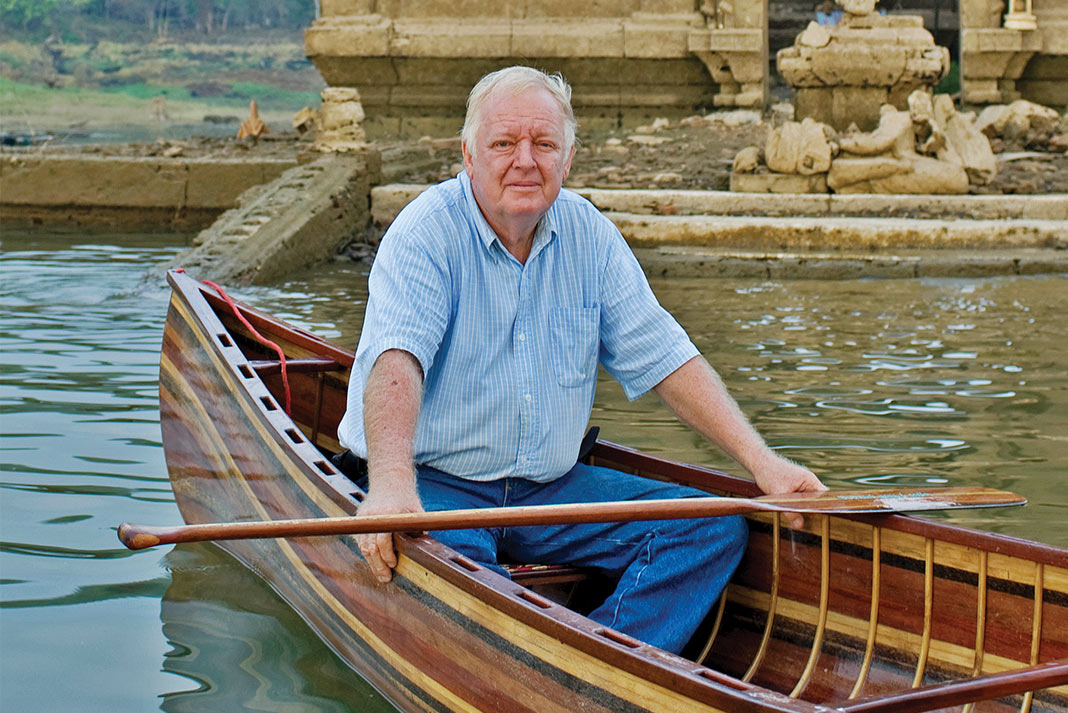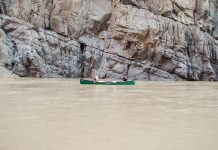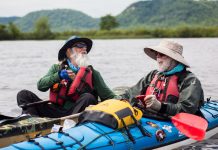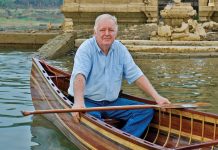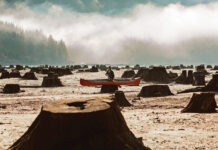No loon call from the middle of Khao Laem Lake as Brent Bateman slips his canoe into the water and pushes off toward the Buddhist temple across the lake.
Sangkhlaburi is a Thai frontier town near the border of Myanmar, also known as The Country Formerly Known As Burma. It’s full of Burmese refugees, Buddhist temples and soldiers—not the place you would expect to find someone launching a Prospector canoe; let alone a canoe-building business.
Calgary-born Bateman arrived in 2003 on a break from a life of academia in Bangkok and decided to set up camp.
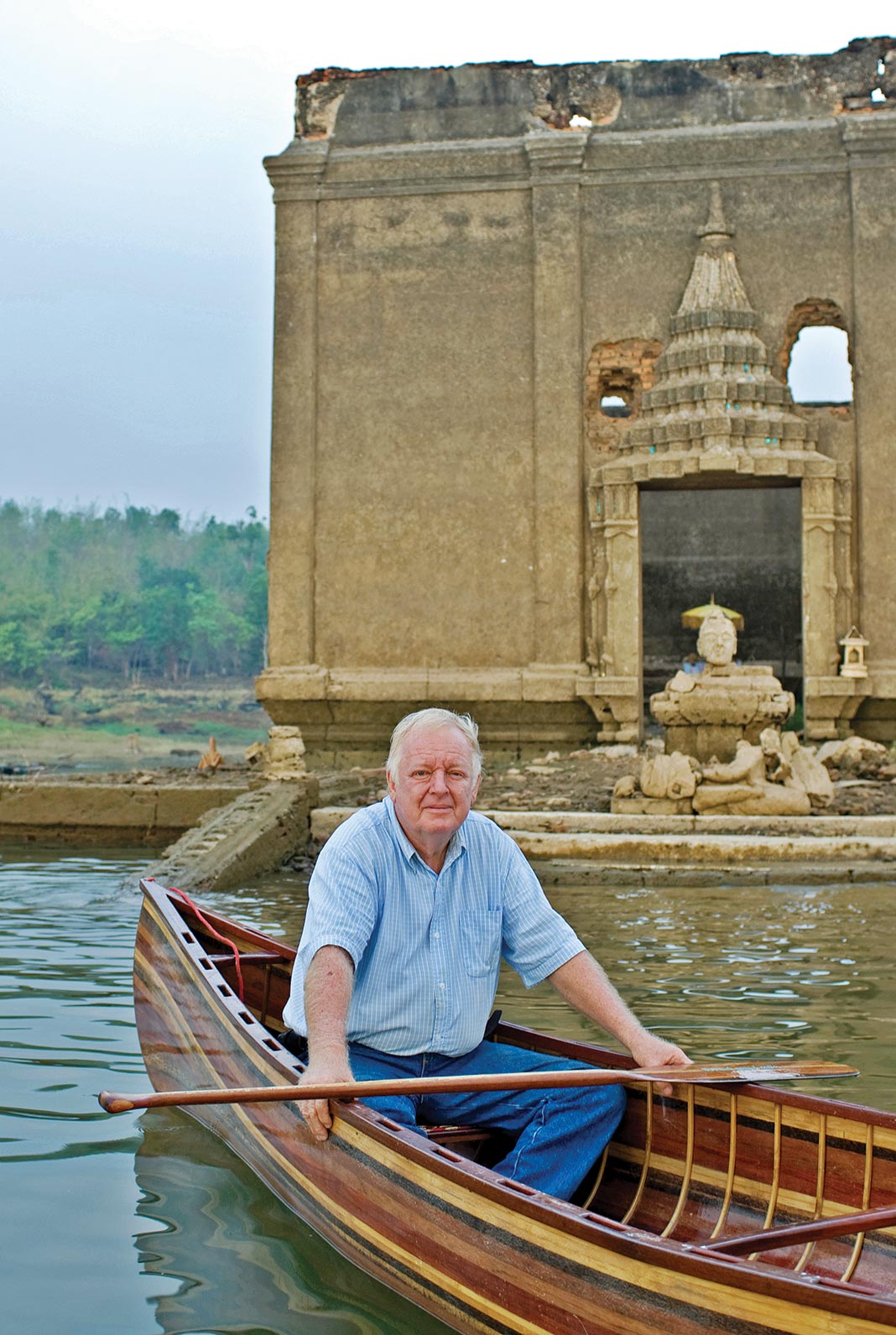
“I fell in love with the area,” Bateman said, “so I built a shop.” Before the end of the year, Bateman’s new company Sanghalei Canoe and Kayak was shipping canoes. He now sells a select roster of high-end canoes and kayaks to buyers with a taste for the exotic. His customers are mainly in Thailand and Hawaii, but Bateman is working with distributors to bring his hulls to North America.
Building in Asia means the materials differ from the cedar and ash found in most wood strip canoes. Bateman claims he is the only commercial wood strip building using bamboo. It’s a plant that grows fast and dense in Asia, which keeps each canoe’s environmental footprint modest.
Bamboo and the other exotic hardwoods Bateman uses wouldn’t submit easily to the conventional wood strip construction method which uses staples to secure the strips while they are glued together, so he devised a system of male and female steel frames that press on the strips from both sides and hold them in place as the hull takes shape. Each hull is finished with a layer of fibreglass and weighs around 75 pounds.
Building canoes in an area better known for gem smuggling than canoe portaging has presented practical difficulties. “The epoxy lay-up is an issue in the heat and humidity,” says Bateman, who goes on to explain the problems involved in training employees and gaining recognition in a country where canoes have been synonymous with dugout logs.
As Batemen skirts the far end of Khao Laem Lake he notes how different it is from the Vermillion Lakes of Alberta where he paddled his first homebuilt canvas and cedar boat at age 14. He won’t say which lake is more beautiful, but he knows which canoe he prefers.
Tim Morch is a paddler and adventure writer and photographer based in Thailand. See more of his work at www.timmorch.com.
This article was first published in the Fall 2008 issue of Canoeroots Magazine. Subscribe to Paddling Magazine’s print and digital editions here , or browse the archives here.
Bateman and his paddling Buddha. | Photo: Tim Morch



